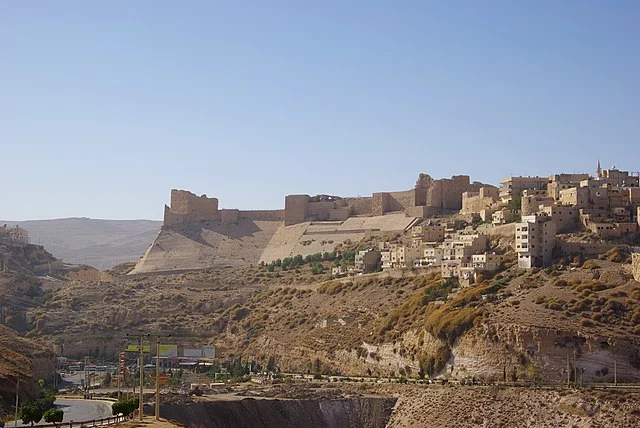Al-Karak, a historic city in modern-day Jordan, holds significant importance due to its strategic location and rich history. Situated 140 kilometers south of Amman, Al-Karak sits on the King’s Highway, a crucial ancient trade route. The city’s most prominent feature is its imposing Crusader castle, known as Kerak Castle, which has stood as a testament to its military and political relevance throughout centuries.
Get your dose of History via Email
Origins and Early History
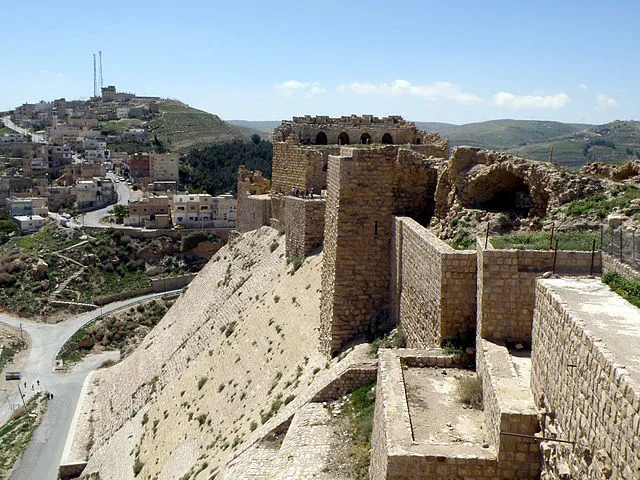
The region of Al-Karak has been inhabited since ancient times, with archaeological evidence suggesting occupation as early as the Iron Age. The city’s name derives from the Aramaic word “Karak,” meaning fortress. It was known as “Qer Harreseth” during the Moabite era, as mentioned in the Bible. The city’s strategic location made it an important center for the Moabites, an ancient Semitic people who controlled the region during the 9th century BC.
Al-Karak Under Roman and Byzantine Control
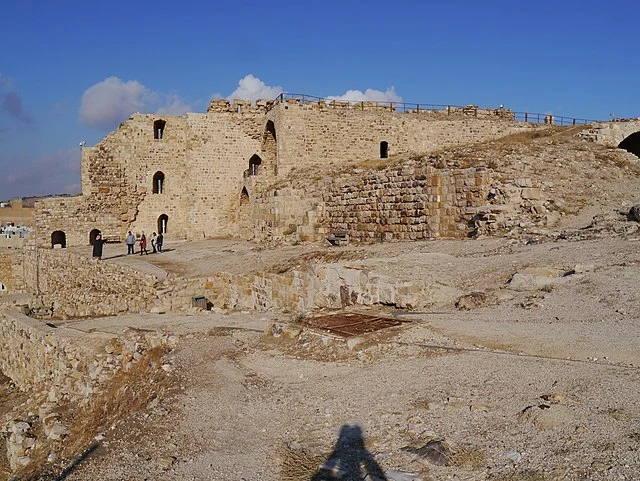
In 105 AD, the Romans annexed the Nabataean Kingdom, which included the region of Al-Karak. The city became part of the Roman province of Arabia Petraea. During this period, Al-Karak continued to serve as a military and administrative center. The Romans built roads and infrastructure that enhanced its strategic importance.
After the decline of the Roman Empire, the Byzantine Empire took control of the region. Al-Karak remained an important stronghold. During this period, the city saw the construction of several churches and other Christian institutions. However, the city’s significance declined following the Muslim conquest in the 7th century AD.
The Crusader Period and the Construction of Kerak Castle
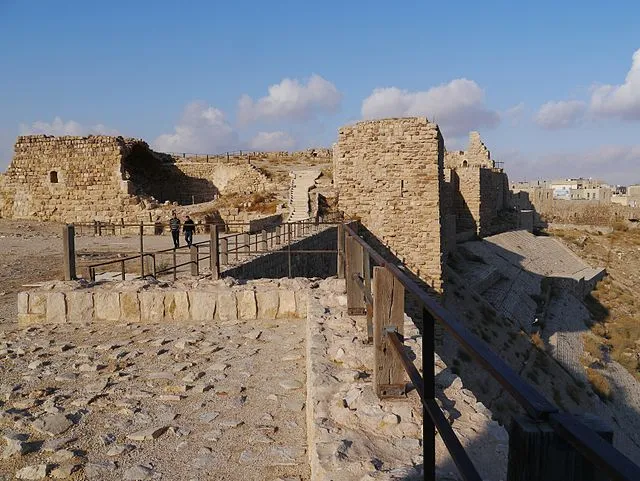
Al-Karak’s most notable period of historical significance began during the Crusader era. In 1142 AD, the Crusaders, under the leadership of Pagan the Butler, began constructing Kerak Castle. The castle’s strategic location on a plateau provided control over the trade routes connecting Damascus, Egypt, and the Arabian Peninsula.
Kerak Castle served as a base for Crusader operations in the region. It played a crucial role in the conflicts between the Crusaders and Muslim forces. Reynald of Châtillon, a notorious Crusader lord, controlled the castle in the 1170s AD. He used it to launch attacks on Muslim caravans and even attempted to raid the holy cities of Mecca and Medina. These actions provoked the Muslim leader Saladin, who launched a series of campaigns to capture the castle.
The Siege of Kerak and Saladin’s Conquest
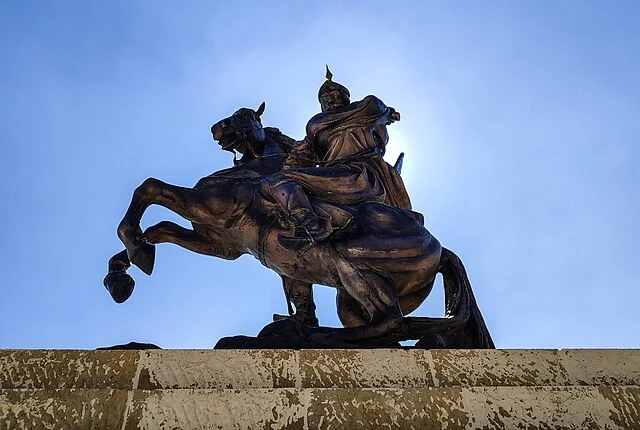
In 1183 AD, Saladin laid siege to Kerak Castle, aiming to curb Reynald’s provocations. The siege was notable for its intensity, but the Crusaders managed to hold out due to the castle’s formidable defenses. However, in 1187 AD, following the decisive Battle of Hattin, Saladin successfully captured Kerak Castle. This marked the end of Crusader control over Al-Karak.
Under Muslim rule, Kerak Castle continued to be a significant military stronghold. The Ayyubids and later the Mamluks made several modifications to the castle, reinforcing its defenses and adapting it to changing military technologies.
Ottoman Era and Modern History
Al-Karak remained an important administrative center during the Ottoman period, which began in the early 16th century AD. The Ottomans maintained the castle and used it as a regional administrative center. However, the city’s significance declined as regional trade routes shifted.
In the 19th and early 20th centuries AD, Al-Karak became a center of local resistance against Ottoman rule. The city played a role in the Arab Revolt during World War I, contributing to the eventual establishment of the Emirate of Transjordan.
Al-Karak Today

Today, Al-Karak is a small but historically rich city. Kerak Castle remains its most prominent feature, attracting tourists and scholars interested in its Crusader past. The castle is well-preserved, with many of its original structures still intact. Visitors can explore the castle’s chambers, towers, and underground passages, gaining insight into the military architecture of the Crusader period.
Al-Karak also has a small but vibrant community. The city’s historical significance continues to influence its cultural identity. It serves as a reminder of the region’s complex history, marked by periods of conflict, conquest, and cultural exchange.
Conclusion
Al-Karak is a city with a long and varied history, reflecting the broader historical dynamics of the Levant. From its origins in the Moabite era to its role in the Crusades, Al-Karak has been a site of strategic and cultural importance. The enduring presence of Kerak Castle serves as a symbol of the city’s historical legacy, making Al-Karak a crucial location for understanding the history of Jordan and the broader Middle East.
Source:

